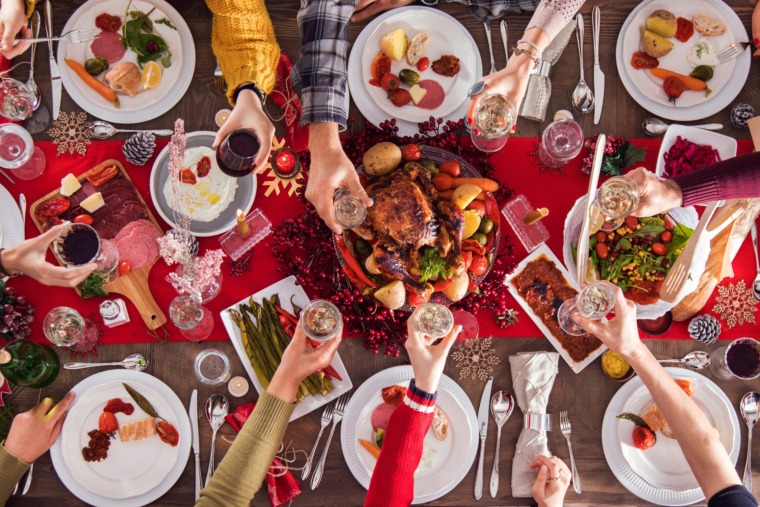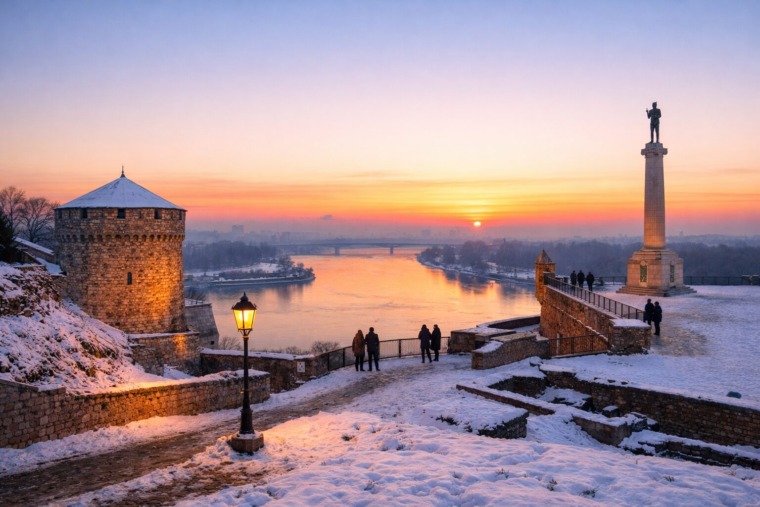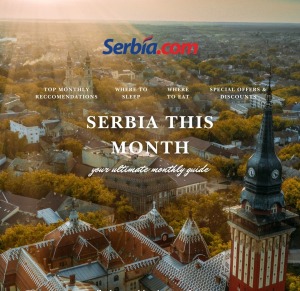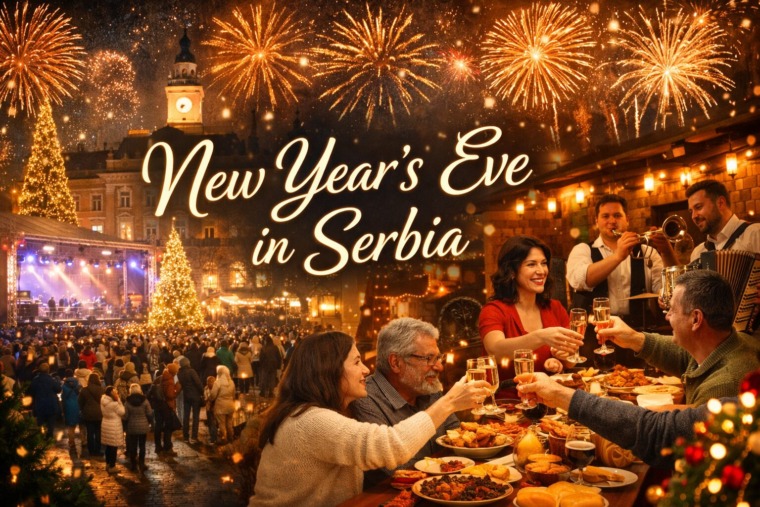

When you come to Serbia, you don’t just visit its cities and landscapes—you taste its soul. Serbian cuisine is a warm hug from a grandmother you’ve never met, served on a plate. It’s a rich mosaic of Balkan, Mediterranean, Austro-Hungarian, and Ottoman influences, but with a uniquely Serbian heart.
Here’s a local guide to traditional Serbian dishes you simply must try—and where to find the most authentic bites.
1. Ćevapi – The King of Serbian Grill
These small, juicy minced meat sausages are a staple of Balkan street food. Made from a mix of beef and pork (or sometimes lamb), ćevapi are grilled and served with chopped onions, sour cream, and warm lepinja (flatbread).
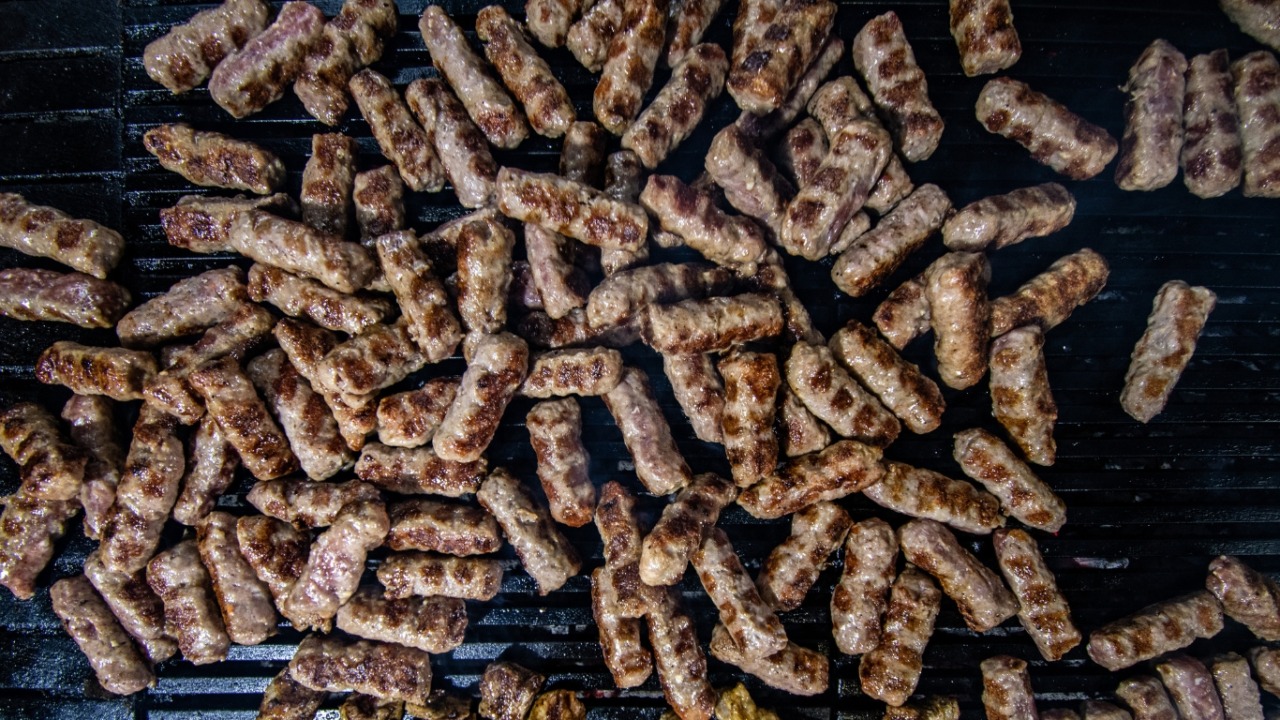
🟡 Where to try: Head to a local ćevabdžinica in Belgrade, Niš, or Novi Pazar. In Belgrade, “Kod Dekija” or “Walter” are cult favorites.
2. Sarma – Cabbage Rolls That Hug the Soul
Sarma is winter on a plate. Pickled cabbage leaves filled with minced meat and rice, slowly cooked in a rich tomato sauce with smoked meat. Every household claims theirs is the best—and they’re all right.
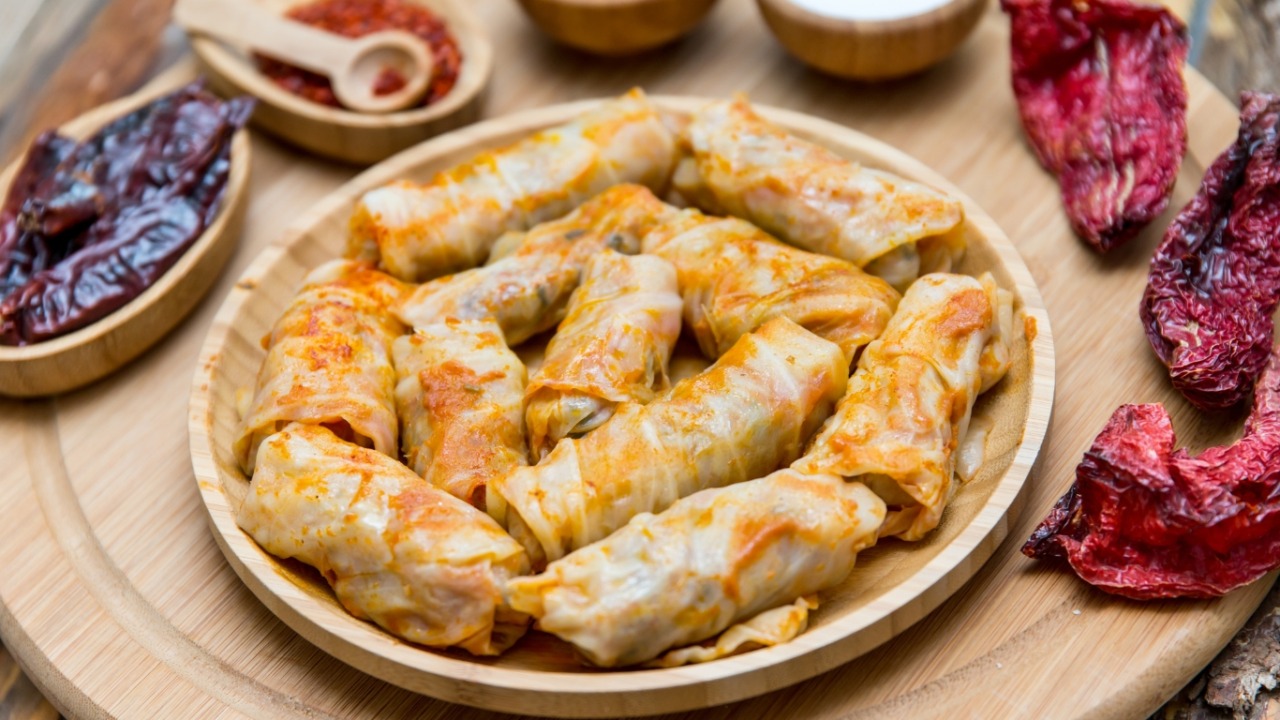
🟡 Best time to eat: Cold days, family tables, or local taverns like “?” (Znak Pitanja) in Belgrade or Stara Srbija in Niš.
3. Karađorđeva Šnicla – A Dish Fit for a Hero
Named after a Serbian revolutionary, Karađorđeva Šnicla is Serbia’s answer to the cordon bleu. A rolled veal or pork steak filled with kajmak (creamy dairy spread), breaded and deep-fried, usually served with tartar sauce and baked potatoes.
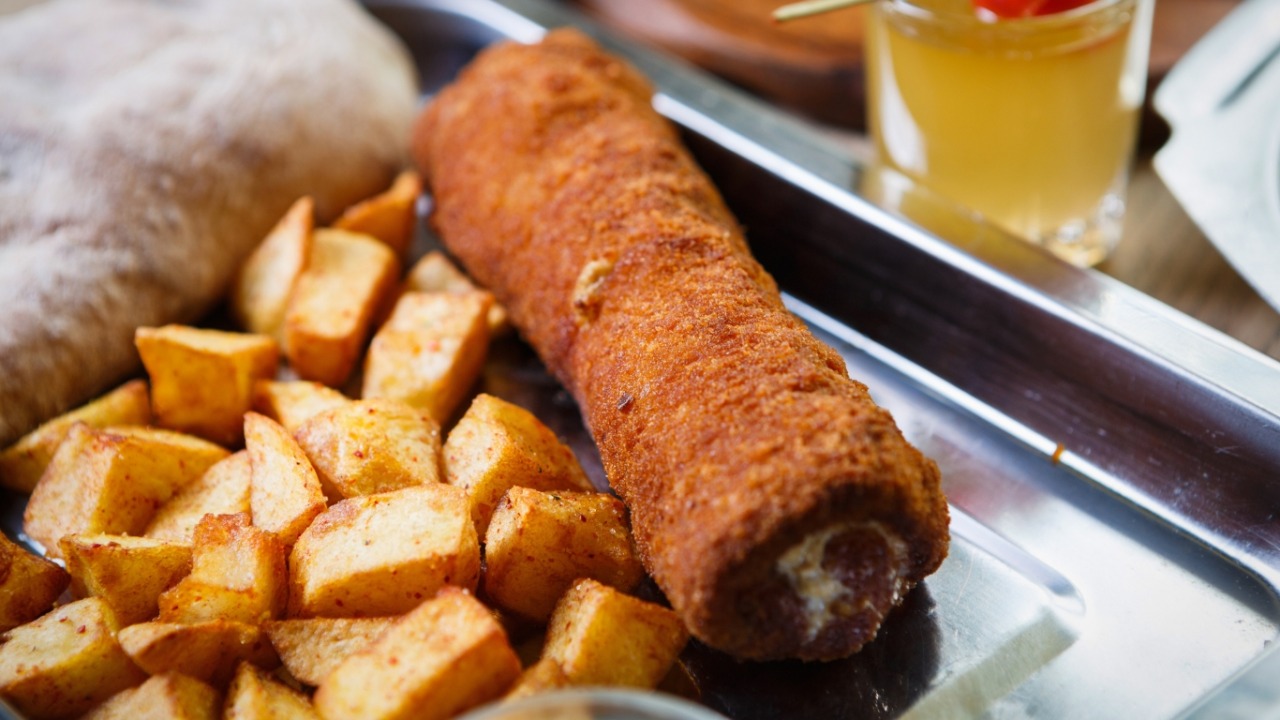
🟡 Where to try: Traditional restaurants in Belgrade’s Skadarlija or kafanas in central Serbia.
4. Prebranac – Beans, But Make It Legendary
Don’t let the simplicity fool you. Prebranac is a slow-baked white bean dish with caramelized onions, paprika, and sometimes a smoky note of bacon. It’s a traditional Friday meal during fasting periods.
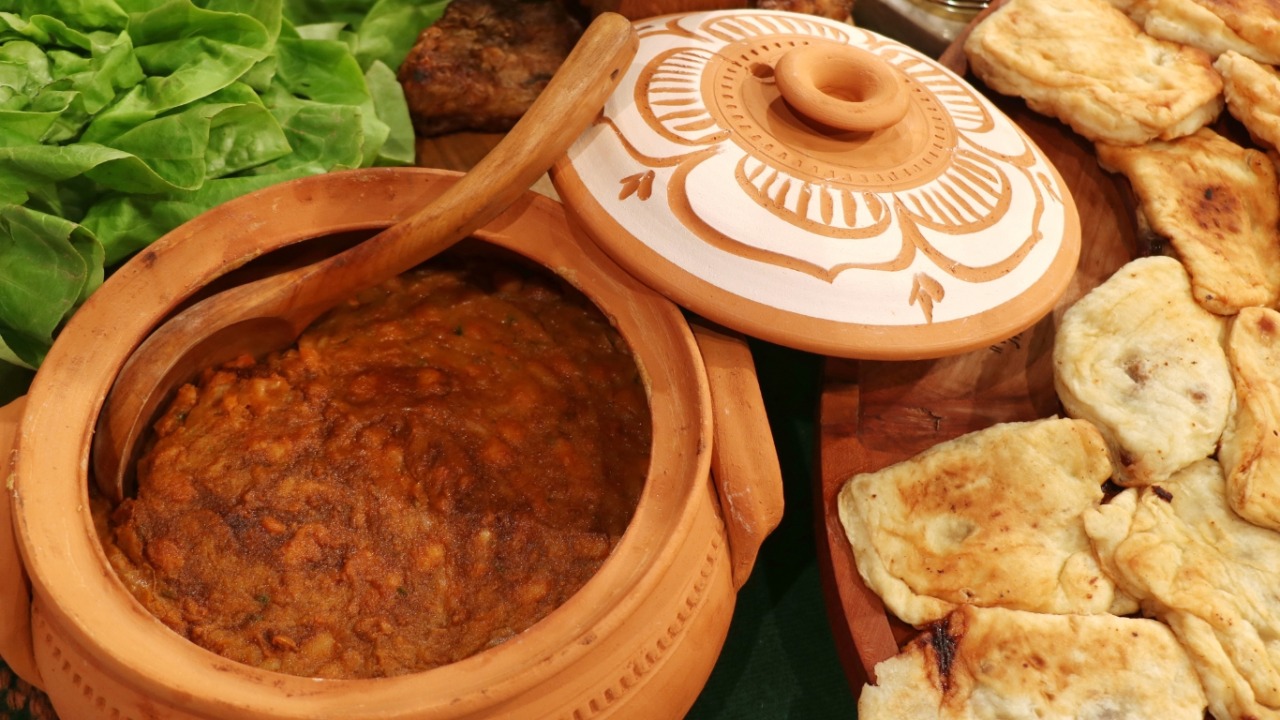
🟡 Try it at: Village taverns, monastery guesthouses, or in Belgrade’s Kalenić market eateries.
5. Kajmak – The Serbian Secret Weapon
Is it butter? Cheese? Cream? Kajmak is all of them and none of them. This rich, salty dairy spread is often served with grilled meats or warm bread. A breakfast dream, a dinner essential.
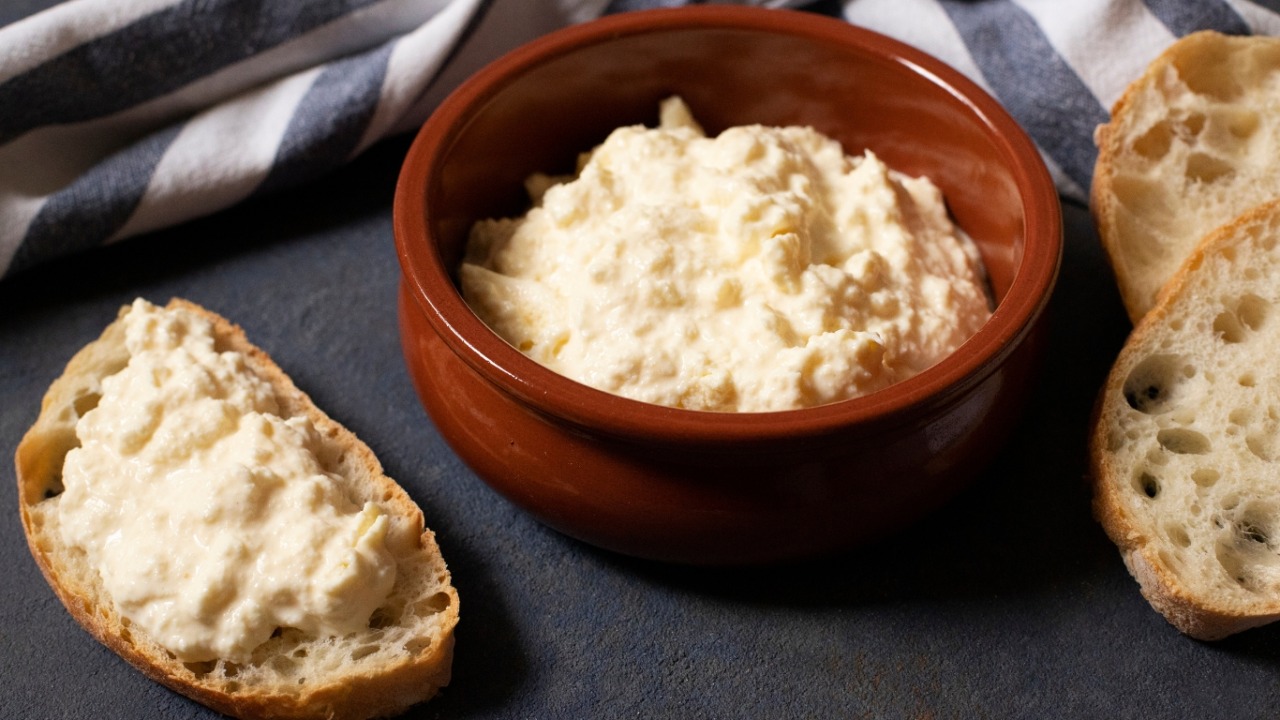
🟡 Where to find the best: Try homemade kajmak in villages around Zlatibor or Čačak, or purchase artisanal varieties at Belgrade’s markets.
6. Pita (Gibanica, Zeljanica, Burek)
Serbians adore all forms of layered phyllo pies—cheese (gibanica), spinach (zeljanica), meat (burek). Flaky, warm, and best enjoyed with yogurt on the side.
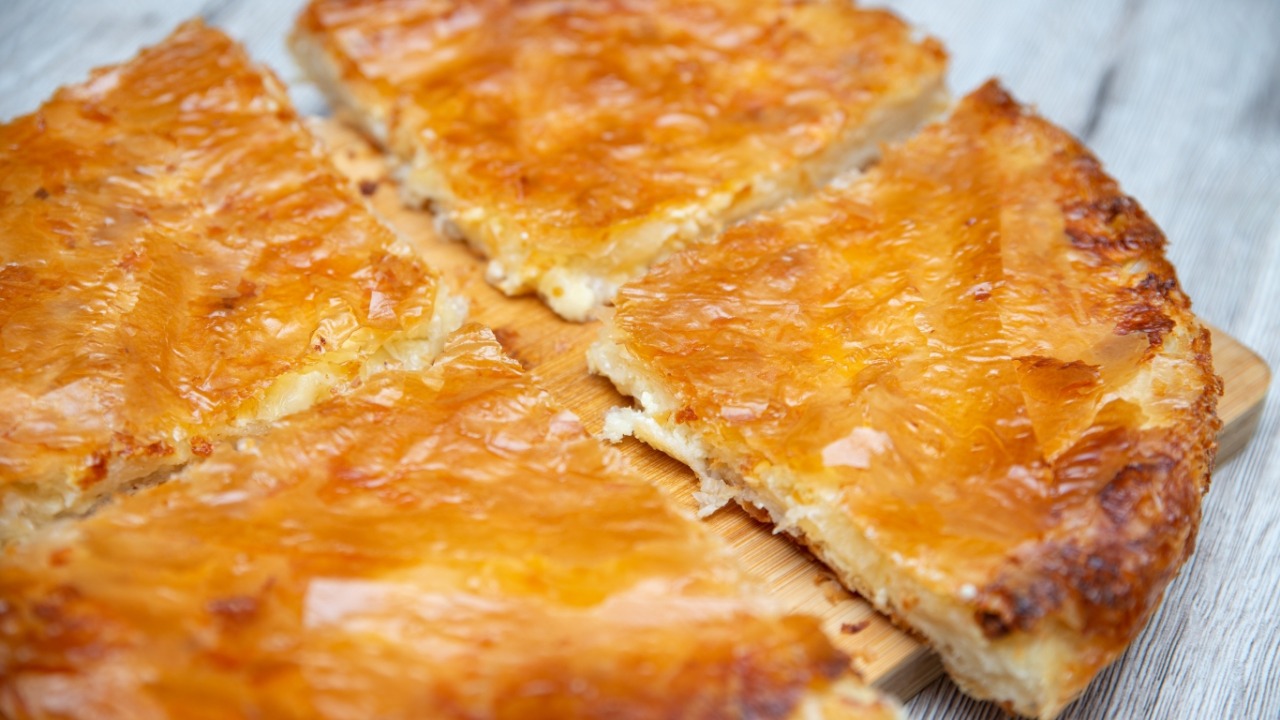
🟡 Morning ritual: A hot slice of burek with yogurt at Pekara Trpković in Belgrade or any local bakery in Niš.
7. Komplet Lepinja & Užička Lepinja – West Serbia’s Beloved Breads
Straight from western Serbia, komplet lepinja is a rustic breakfast (or any-time comfort food) that will win your heart. A soft flatbread soaked in kaymak, gravy from roasted meat, and topped with a fried egg—sometimes with a side of roasted lamb or pork.
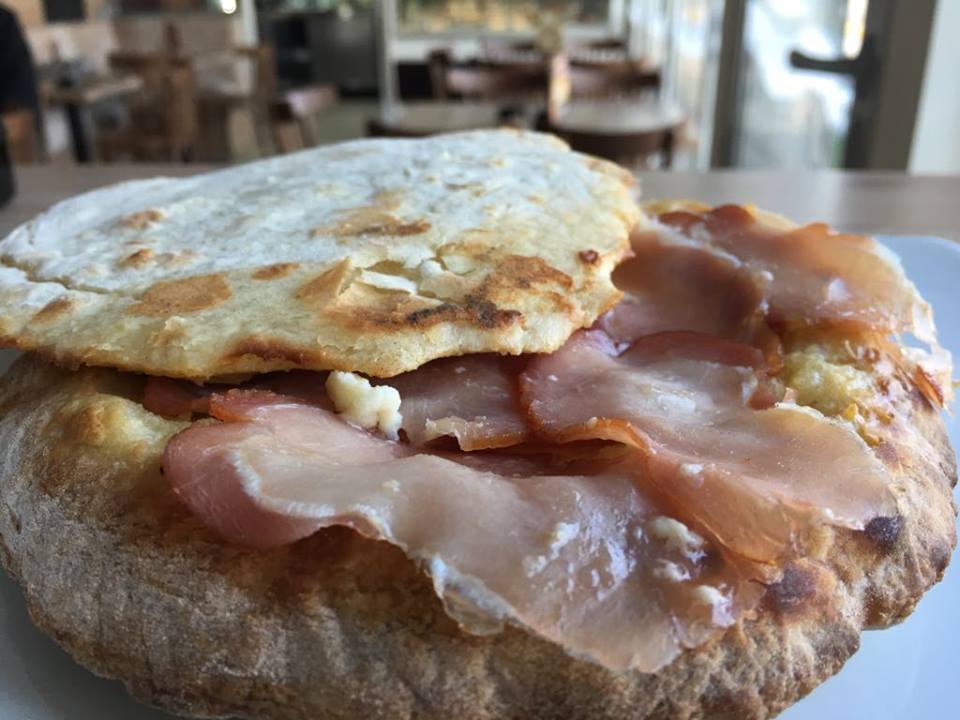
🟡 Where to try: Užice is the homeland of this dish. Locals swear it’s best eaten fresh in the early morning.
For those craving something a bit less rich, but still full of flavor, Užička lepinja with local kajmak and slices of Zlatibor or Užice-style pršuta (dry-cured ham) is a perfect match. This sandwich-like delicacy showcases the full quality of western Serbian mountain produce—salty, creamy, chewy, and unforgettable.
8. Roštilj – Serbian Barbecue Mastery
From pljeskavica (grilled burger) to veal chops, Serbia takes grilling seriously. Smoky, spicy, perfectly charred—every bite tells a story of backyard feasts and Sunday lunches.
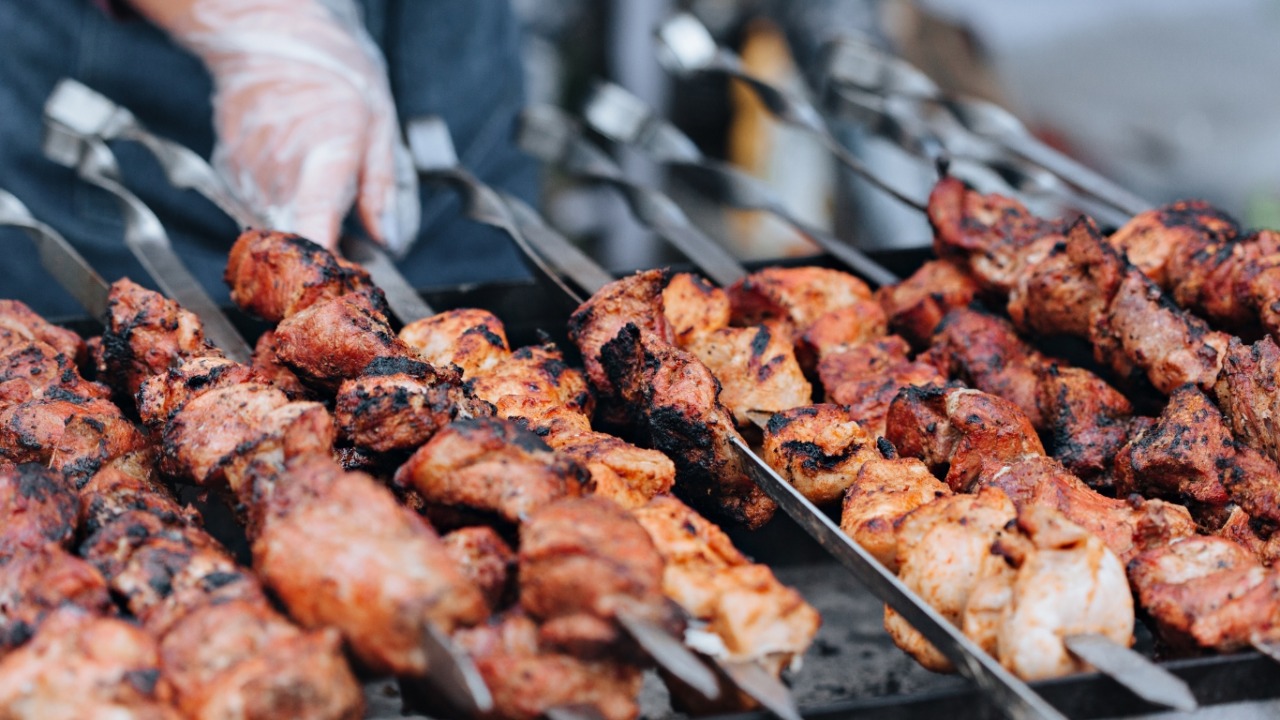
🟡 For the real deal: Visit Leskovac, Serbia’s barbecue capital, during the Roštiljijada Festival in early September.
9. Ajvar – The “Serbian Caviar”
A savory relish made of roasted red peppers, sometimes eggplant, garlic, and oil. Ajvar is spread on bread, served with meats, or eaten straight from the jar with a spoon (no judgment!).
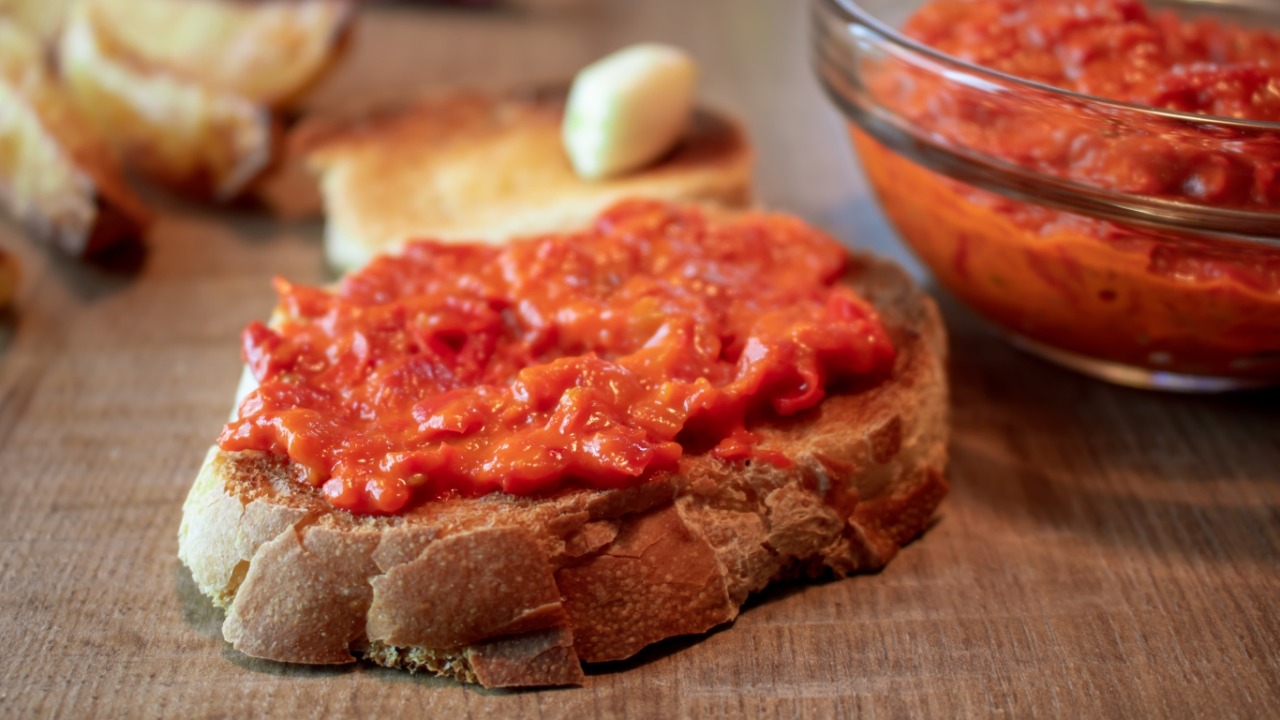
🟡 Homemade is best: Villages like Leskovac, Vlasotince, and Užice are known for their top ajvar.
10. Slatko & Rakija – Sweet and Strong Welcome
Upon entering a Serbian home, expect a spoonful of slatko (fruit preserve) and a shot of rakija (fruit brandy). It’s a tradition rooted in hospitality—sweet and fiery, like the people themselves.
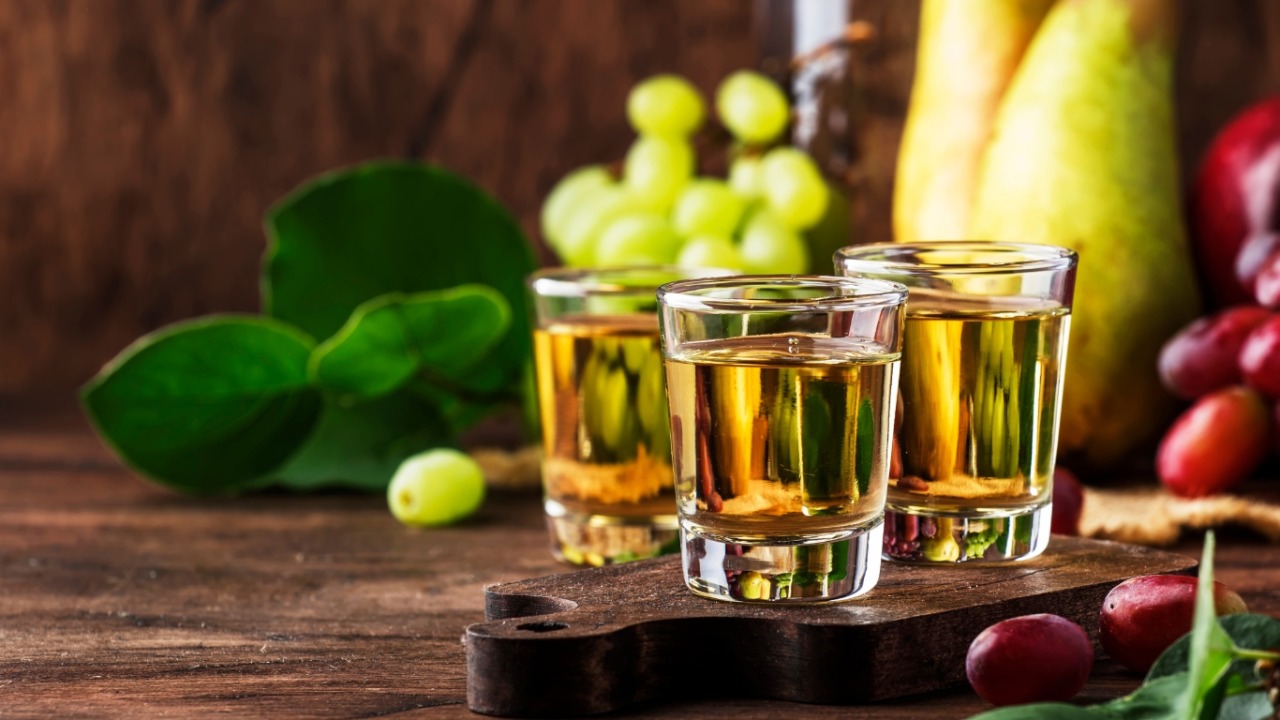
🟡 Try: Apricot or plum rakija in Šumadija, and homemade slatko in almost any Serbian village.
Food in Serbia is not just nourishment—it’s a way of life. Meals are long, full of conversation and connection. Whether you’re in a rustic village home or a bustling city kafana, traditional Serbian food invites you to sit down, stay awhile, and become part of the story.
Related Articles


Kuršumlijska Banja: Serbia’s Quiet Winter Spa Escape
December 30, 2025
Novak Đokovic Receives Special Globe Soccer Award in Dubai
December 29, 2025
From Culture to Sport: The Moments That Shaped Serbia in 2025
December 27, 2025